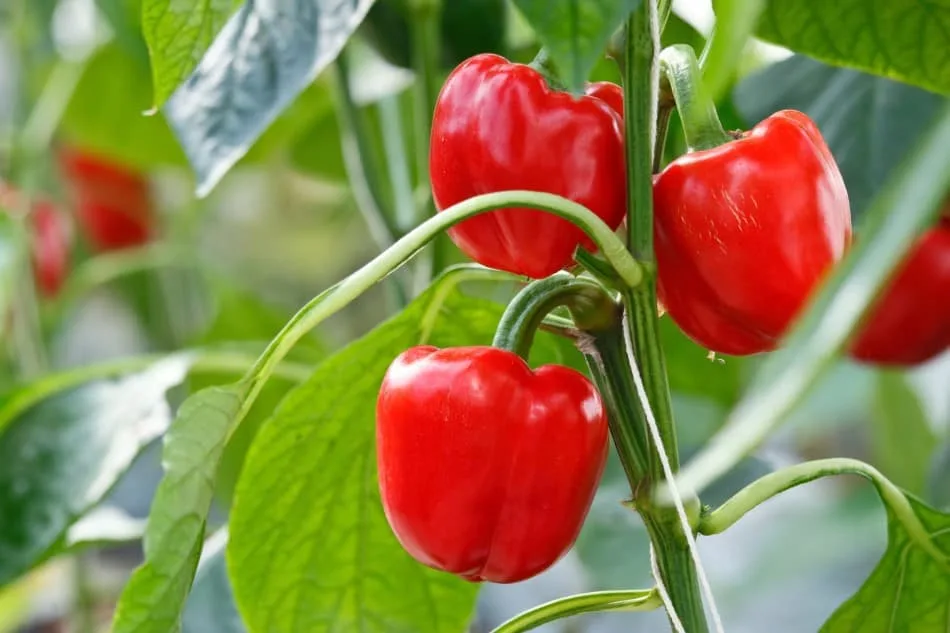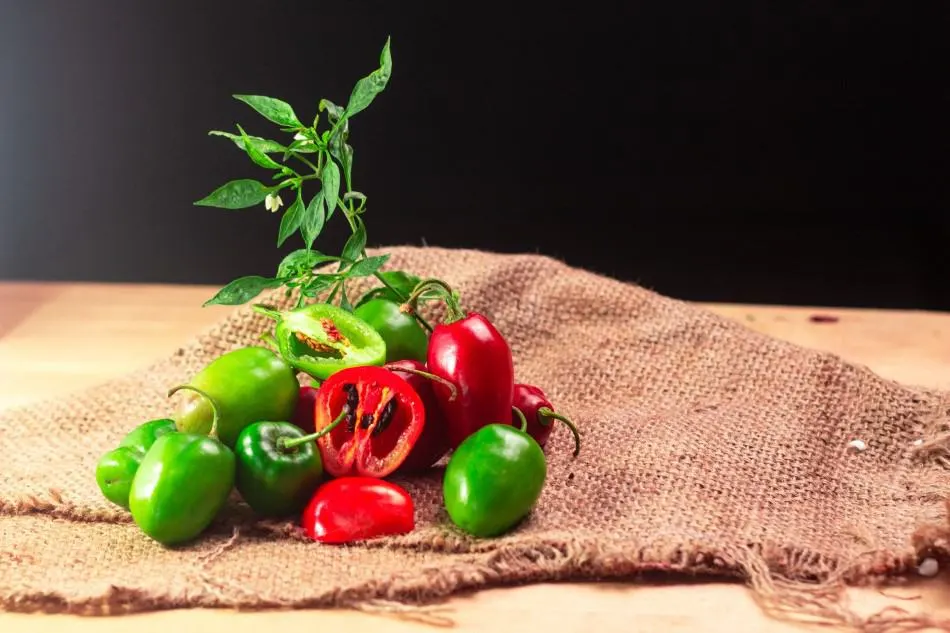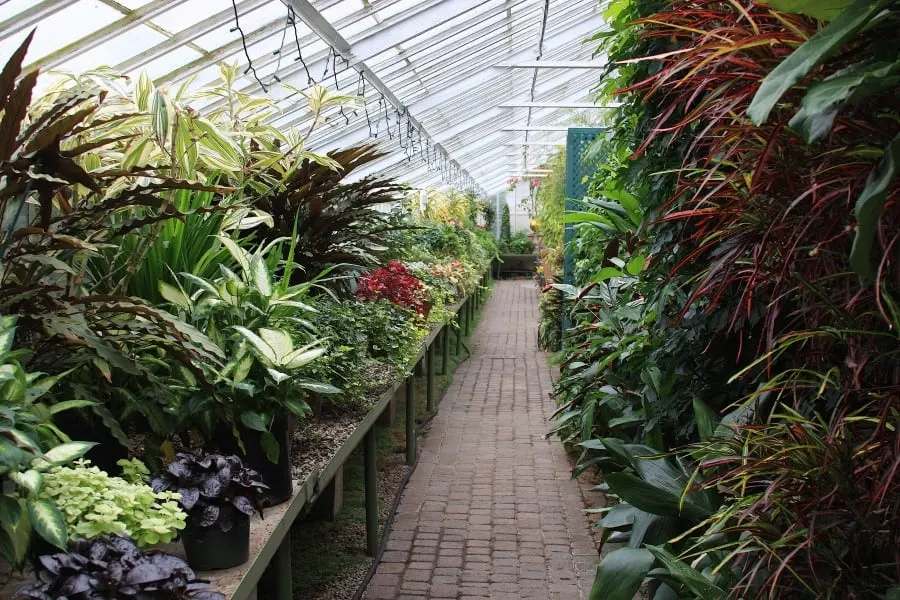Peppers are a great addition to any garden, as they provide crunch and spice to any meal or recipe. A lot of gardeners choose to replant their peppers every spring, but is that necessary? Can a pepper plant last longer than one season? And how long does a pepper plant generally live?
Pepper plants generally live an average of one to three years. However, certain types of pepper plants, when given the proper care and climate conditions, can live up to a decade or more.
This article will discuss the life expectancy of an average pepper plant and which types of peppers live longer than others. It will also examine what can help make a pepper plant live longer and how to care for them indoors and outdoors.

Pepper Plants Can Live Longer Than Their Average Life Expectancy
With the right environment and care, a pepper plant can live for years longer than the average life expectancy while continuing to produce the same number of peppers each season.
Most pepper plants live between one and three years, depending on the species and environmental setting. A stable warm climate is vital for extending a pepper plant’s life expectancy. A cold snap or frost a few degrees too cold can kill a pepper plant, and over wintering a pepper plant can be burdensome if you have a lot of plants. So, providing stable warm temperatures year-round will help extend your pepper plants’ life expectancy beyond the normal one to three years.
What Is the Life Expectancy of a Pepper Plant?
There are five core species of pepper plants, also known as cultivars, each of which has a slightly different life expectancy and produce distinct peppers. Even though wild species of pepper plants have reportedly been able to stay alive for decades, their domesticated pepper plants counterparts rarely last longer than a few years.
The five key types of pepper plant species are:
- Capsicum Annuum (Bell peppers, Sweet peppers, Jalapeño peppers, Cayenne peppers)
- Capsicum Chinense (Habañero peppers, Scotch Bonnet peppers, Ghost peppers)
- Capsicum Baccatum (South American peppers, including Aji Amarillo peppers, Aji Limon peppers)
- Capsicum Frutescens (Tabasco peppers, Thai chilies, Malaguetas peppers)
- Capsicum Pubescens (Rocoto peppers, Manzano peppers)
These different pepper species can all grow year-round for years, given the proper climate, nutrients, and care. However, they each have different life expectancies, as shown in the table below:
| Pepper Variety | Expected Age |
| Capsicum Annuum | 1-3 Years |
| Capsicum Chinense | 3-5 Years |
| Capsicum Baccatum | 4-6 Years |
| Capsicum Frutescens | 3-8 Years |
| Capsicum Pubescens | 5-10 Years |

Which Types of Pepper Plants Have the Longest Lifespans?
Of the five main categories of pepper plants, the Capsicum Pubescens plants tend to live the longest. Mostly found in Central and South America, these peppers include Manzano and Rocoto peppers. They are rounder (shaped more like apples than chili peppers) and juicier than other pepper varieties.
Although Capsicum Pubescens peppers live longer, they are the least cultivated pepper type because they can be finicky and somewhat difficult to cultivate and take quite a long time to grow to their mature size. They are, however, one of the most weather hardy pepper plants, known for surviving colder weather than any other pepper type (although they still won’t survive a hard frost).
What Is the Longest Living Chili Pepper Plant?
Manzano peppers are the longest living domesticated chili pepper plant, with an average life expectancy of 5-10 years. Manzano plants continue to produce peppers throughout their life.
However, there are wild chili plants recorded as living for more than a decade (sometimes more than twenty years). The most notable of these is the Chiltepin pepper, one of the only peppers native to North America. The Chiltepin, a member of the Capsicum Annuum family, is exceptionally spicy and thrives in the wild, where it has been reported to live up to 30 years.
Which Types of Pepper Plants Have the Shortest Lifespans?
The pepper plants with the shortest lifespan are generally in the Capsicum Annuum family (the Chiltepin being an exception). Annuum plants are the most common pepper variety to garden and include Bell peppers, Sweet peppers, Cayenne peppers, and Jalapeño peppers.
Capsicum Annuum peppers are generally replanted every season because some of these plants do not produce well after their first season, and the peppers can lose texture and flavor.

How Long Do Pepper Plants Live Indoors?
Depending on the variety, an indoor pepper plant can live up to a decade long. Growing pepper plants from seed indoors can give the plants the consistency to thrive a little bit better than transplanted plants from outside. As long as the climate is consistent and the care is adequate, you should be able to keep your indoor pepper plants alive for many seasons.
How Long Do Pepper Plants Live Outdoors?
When they are planted outdoors, the length of pepper plants depends significantly on the weather and the climate in which they are grown. If you live somewhere cold, your pepper plant will only survive one season, until the first frost. Outdoor peppers will not survive a winter if you live anywhere that dips below freezing temperature (unless they are overwintered and taken inside during the winter season).
In a warmer climate, peppers can last outdoors for many years. Many peppers are tropical or subtropical and need warm weather to survive. The hardier plant types (such as Capsicum Pubescens peppers) can survive any temperature above freezing. In warmer tropical climates, expect outdoor pepper plants to last several years with proper care and good weather.
How to Make Your Pepper Plants Live Longer?
If you take good care of your pepper plants, they will last for more than one season. Here are some of the methods that will help maximize your pepper plant’s lifespan:
Warm and Sunny Climate
Climate is vital for peppers. In winter, they will begin to die in temperatures below 55 degrees Fahrenheit (13 degrees Celsius) and will die very quickly in temperatures under 32 degrees Fahrenheit (0 degrees Celsius). Temperatures warmer than this are great for pepper plants, as they thrive in subtropical locations naturally. If you keep your pepper plants warm enough and in the proper amount of sunlight, they will last much longer than cold-damaged plants could.
Good Pruning
Pruning your plants is essential (especially during the winter). If the leaves are beginning to curl or become discolored, clip them off so that the plant can grow newer and healthier leaves. A well-pruned pepper plant will be able to live longer and produce healthy peppers over the span of many seasons.
Overwintering
A key aspect of keeping a pepper plant alive longer is overwintering it. If you live in a cold climate, this means you will have to take your pepper plant indoors or into a greenhouse for the winter. You can do several things to help your pepper plant thrive through the winter and be ready to produce again in the spring. Check out this post for a complete guide to overwintering your pepper plants.
- Prune plants before winter. It is vital to prune your plants of many of their leaves and fruits at the beginning of winter to encourage rest during which can lead to new growth in the spring. It is also essential to make sure there are no pests on your plants before overwintering them.
- Keep plants warm. If you are bringing your plants inside, make sure that they are insulated enough from the cold. Keeping them at 55 degrees Fahrenheit or higher will ensure that they don’t die during the winter.
- Water plants less. You should normally water a pepper plant every two to three days. During winter, however, the plants don’t need as much water. As long as the soil is soft, it is possible to leave them without water for up to two weeks. If you overwater them during the winter, the plants might not produce much during the next growing season.
